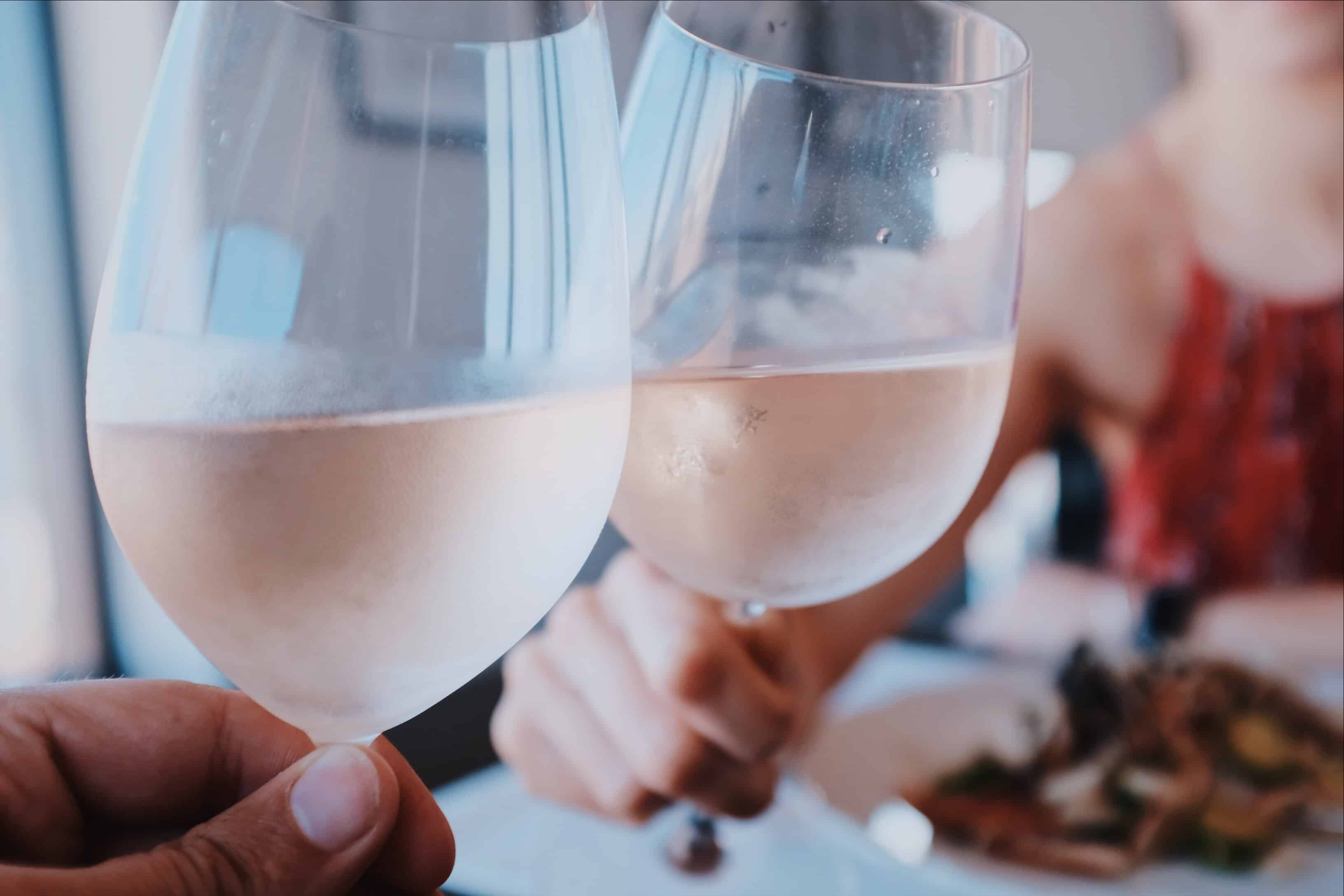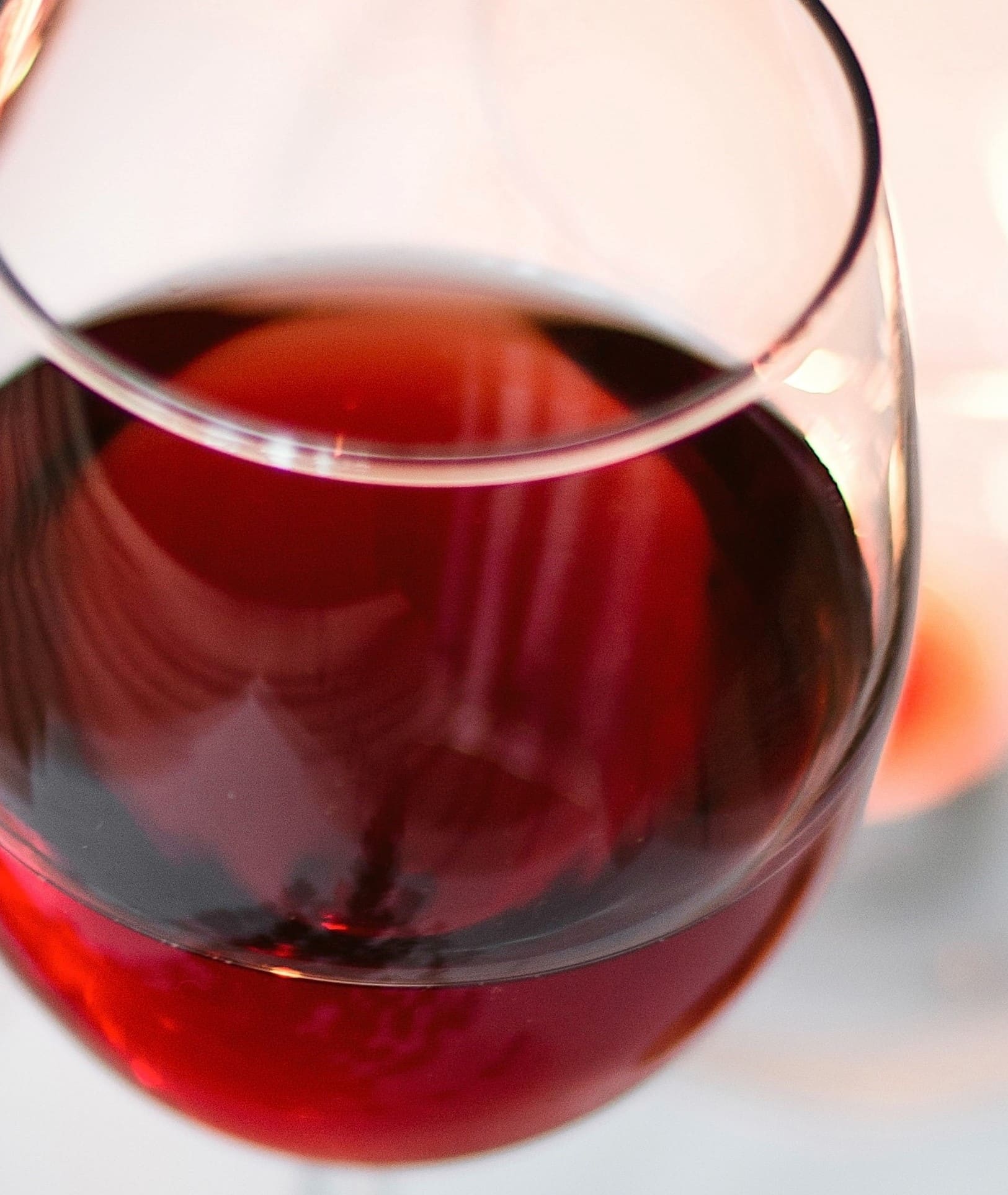Wineries Near Sonoma Square - Vineyards Near Sebastopol
Wineries Near Santa Rosa - Sonoma Vineyards Worth Visiting
Wine tasting is an art that requires practice and an understanding of various elements concerned within the course of. One essential factor of wine tasting is the event and interpretation of tasting notes, which serve as a guide for both novices and seasoned connoisseurs. A Guide To Understanding Winery Wine Tasting Notes can enhance your wine-tasting experience, making it more meaningful and enjoyable.
Tasting notes are concise descriptions that seize the essence of a wine’s flavors, aromas, and overall character. Often composed by professional tasters, winery tasting notes provide insights into the nuances of various wines. They can help wine enthusiasts understand what to anticipate from a specific bottle. Nonetheless, tasting notes can differ broadly in style and detail based mostly on the writer's experience and palate.
Wineries Offering Private Events - Sebastopol Area Wineries Offering Wine
When you first approach a glass of wine, your senses will begin to have interaction immediately. The sight, odor, and taste of the wine will converge to provide you an entire experience. Tasting notes generally start with the visual evaluation, where the colour of the wine is taken under consideration. Shade plays a significant position in indicating the wine’s age, grape variety, and even its flavor profile.
After assessing the visible aspect, the subsequent step involves swirling the wine within the glass. This action aerates the wine, allowing its aromas to awaken. Smelling the wine offers important perception into its complexity. The preliminary sniff can ship a flood of scents that will include fruity, floral, natural, or earthy notes. This is often essentially the most subjective a part of tasting, as individual experiences can dramatically differ.
In winery tasting notes, descriptors are often categorized into primary, secondary, and tertiary aromas. Major aromas usually stem from the grape variety, secondary aromas derive from fermentation processes, and tertiary aromas come up from growing older. Understanding these categories may help you appreciate the depth of a wine, and they also give you the vocabulary to express your experience higher.
Spectacular Vineyard Views In Sonoma - Best Winery In Sonoma For Quality Wine
Following the olfactory encounter, your focus will shift to the style of the wine. This is the place the primary characteristics—sweetness, acidity, tannins, alcohol—come into play. Tasting notes often element these flavors in a quantity of dimensions, including the preliminary assault on your palate to the lingering end on your tongue. A high-quality wine will present a harmonious stability between these factors.
Whereas tasting, it is essential to ponder the body of the wine, which may be described as light, medium, or full. The body contributes significantly to your total impression, serving to you consider how the wine pairs with food or whether it stands alone as a sipping wine. Balancing the physique with the opposite traits will present you with a fuller understanding of what the wine has to offer.
The end of the wine, also known as the aftertaste, is another important aspect typically included in tasting notes. A lengthy, nice finish often indicates the next quality wine, whereas a short or cloying aftertaste could suggest in any other case. Evaluating the finish can provide further perception into the wine's complexity and distinction.
Understanding the context of winery tasting notes can also be priceless. Tasting notes can provide contextual details about the vineyard's location, climate, and grape-growing practices. This context provides another layer of appreciation for the wine, permitting enthusiasts to connect the sensory experience with its origins, thus enhancing the enjoyment additional.
Wineries With Breathtaking Gardens In Sonoma - Local Wineries In Sebastopol
Many wineries present tasting notes on their web sites or labels, typically written in an he said approachable yet informative style. However, not all winery tasting notes are created equal. Some may be overly technical, whereas others might prioritize marketing aptitude over insightful analysis. Learning to navigate these notes can arm you with the data to make knowledgeable choices when deciding on wines.
Taking Part in tastings at wineries also can deepen your understanding of wine tasting notes. Interacting with knowledgeable workers may give you a more hands-on method to exploring totally different wines and the language used to describe them. Wineries That Offer Food Trucks On Weekends. You May have the chance to ask questions, interact in discussions, and potentially refine your palate in actual time.
Experimentation is important for mastering wine tasting notes. As you sample different wines, strive making your personal notes. Focus on describing the wine’s color, aroma, style, and finish. Over time, you’ll develop a personal vocabulary that resonates along with your sensory experiences. Each note you create will help refine your palate, permitting you to appreciate wines at a deeper stage.
Elegant Wine Tasting Locations In Sonoma - Unique Wine Tasting Experiences In Sebastopol
In conclusion, a Guide To Understanding Winery Wine Tasting Notes offers a comprehensive framework for diving into the world of wines. It equips you with the strategies and language necessary to articulate your experiences. Whether Or Not you're a informal drinker or a devoted aficionado, understanding and utilizing tasting notes can profoundly influence your wine journey. This information not only enhances your enjoyment but also connects you deeply with the rich narratives each bottle tells. By embracing this journey, you turn into a part of the attractive mosaic of wine tradition, the place every sip unveils a new story waiting to be found.
- Wine tasting notes usually embody a wide selection of sensory descriptions, including aroma, flavor, acidity, body, and end, permitting tasters to completely respect the wine's characteristics.
- To improve your understanding, familiarize your self with widespread wine terminology similar to "tannins," "oakiness," or "terroir," which can help decipher the notes more successfully.
- A systematic strategy to tasting includes first visually assessing the wine's color and readability, adopted by swirling to release aromas, then inhaling and describing what you experience.
- Taking notes during tasting may help establish patterns over time, enhancing your palate and making it easier to recall preferences for future alternatives.
- Do Not overlook the influence of food pairings; tasting notes can differ greatly when a wine is loved with complementary flavors, altering perception and enjoyment.
- Pay consideration to the wine’s vintage, as weather conditions in a given year can considerably affect the final product, adding another layer to the tasting notes.
- Consider the winemaker's style and philosophy, which might form the wine's profile and impact how its notes evolve with every sip.
- Training with different grape varieties can broaden your vocabulary; every sort brings unique traits that can improve your capability to articulate tasting notes successfully.
- Partaking with wine professionals or attending tasting events can provide priceless insights, offering a richer context for understanding personal tasting notes.
- Bear In Mind that tasting is subjective; individual preferences and experiences will form one’s interpretation of the same wine, enriching the general enjoyment of wine exploration.
What are wine tasting notes?
Wine tasting notes are descriptive comments made by tasters in regards to the appearance, aroma, style, and end of a wine. They provide an summary of the wine's traits and can help shoppers perceive the style and quality of the wine.
Vineyard Picnic Spots In Sonoma Valley - Discovering Sebastopol's Wineries
Why are tasting notes important when deciding on wine?
Tasting notes can guide you in selecting a wine that suits your palate. They provide insights into flavors and aromas, helping you to match wines with food or occasions. Understanding these notes enhances your total wine experience.
How should I read wine tasting notes?
(Popular Wineries With Outdoor Seating In Sonoma)
Beautiful Picnic Areas At Sonoma Wineries - Vineyard Visits And Wine Tasting In Sonoma

When studying wine tasting notes, pay attention to the structure: search for descriptions of color, aroma, flavor, and finish. This will allow you to grasp the wine's profile and determine if it aligns together with your preferences.
What their explanation phrases commonly appear in wine tasting notes?
Frequent terms embrace "tannin" (the structure), "acidity" (the crispness), "physique" (the weight), and varied flavor descriptors like "fruity," "earthy," or "spicy." Familiarizing yourself with these terms can deepen your understanding of wine.
Cultural Wine Experiences In Sonoma County - Sonoma Wine Country Wineries To Explore

Can I create my own tasting notes?
Yes! Writing your own tasting notes can enhance your wine tasting experience. Focus on your observations of style, aroma, and different sensory traits. This personal practice might help you refine your palate over time.
How do I determine the aromas in wine tasting notes?
Wineries Showcasing Local Art And Crafts - Best Winery Located In Sonoma
To determine aromas, practice smelling a big selection of scents and associating them with wines. Swirl the wine in your glass to launch its aromas, then take a second to breathe in deeply earlier than figuring out any prominent scents.

What is the difference between professional and personal wine tasting notes?
Professional tasting notes could use more technical language and specific terminology, whereas personal tasting notes are subjective and replicate individual experiences. Both are priceless for understanding and enjoying wine, but personal notes might resonate extra with your unique tastes.
How can tasting notes enhance my wine appreciation?
Spectacular Vineyard Views In Sonoma - Wine Tasting And Vineyards In Sonoma
Tasting notes can improve your appreciation by serving to you to know and articulate the complexities of wine. They encourage aware tasting and provide a framework for comparing different wines, leading to a richer enjoyment of the beverage.
Are there any apps or tools to assist with wine tasting notes?
Sure, there are a quantity of apps designed to assist users record and organize their tasting notes. These instruments usually provide features like flavor wheel guides and wine database searches, making it easier to track your journey by way of completely different wines.